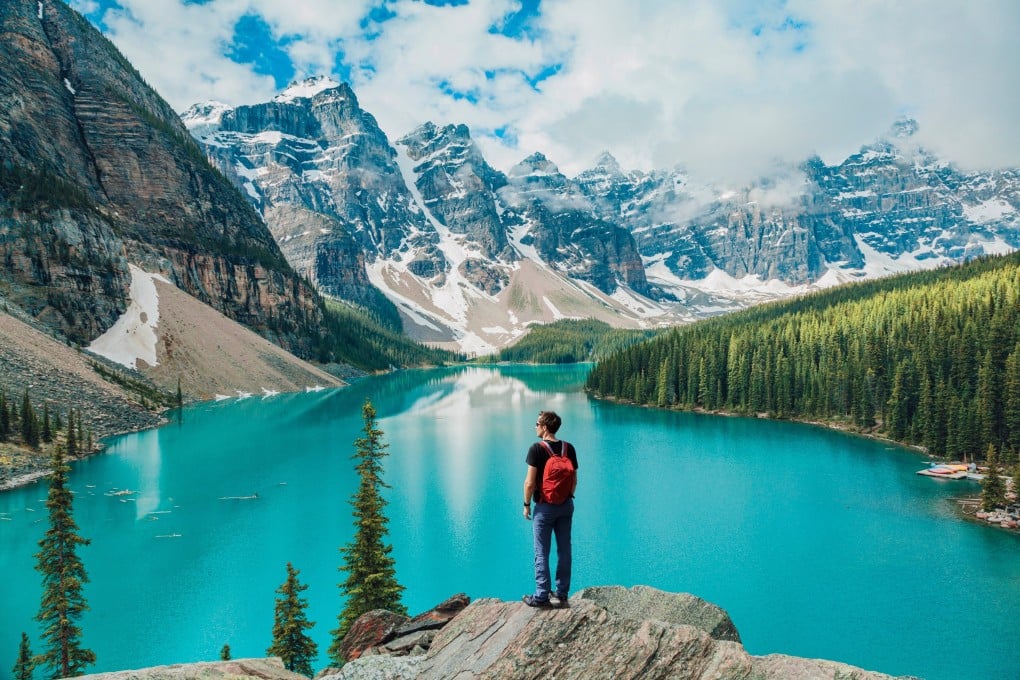Advertisement
Destinations known | Extreme heat: cooler holidays trending as climate change’s effects felt in Europe and Asia
- As summer temperatures soar to new highs, interest grows in ‘coolcations’ in higher latitude and higher altitude destinations
Reading Time:3 minutes
Why you can trust SCMP
0

So, “coolcations” (for want of a less awful word) are a trend.
Again.
It is hardly surprising that holidaymakers are having second thoughts about beach breaks and crowded city tours as the mercury soars around the globe and the effects of climate breakdown become ever more acute.
Extreme early summer heat and record temperatures are being endured across the northern hemisphere this month, following what was the warmest May on record globally, with an average surface air temperature 0.65 degrees Celsius above the 1991-2020 average, according to the Copernicus Climate Change Service.
May was the 12th consecutive month for which the global average temperature set a new record.

In Athens, authorities had to close the Acropolis, the city’s most visited tourist attraction, on the afternoons of June 12 and 13 as the Greek capital sizzled.

Advertisement

